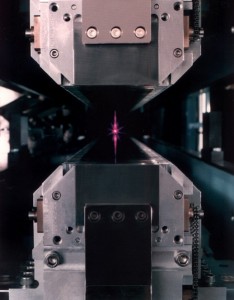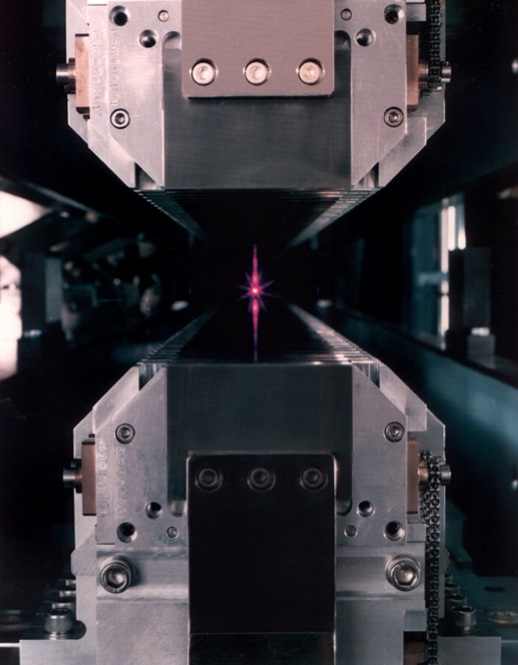The new Berkeley Center for Magnet Technology (BCMT) will advance magnet technologies by bringing together research and development expertise from across Berkeley Lab. Developed under the leadership of Wim Leemans, director of the Accelerator Technology and Applied Physics Division (ATAP), and Kem Robinson, director of the Engineering Division, the BCMT will help foster communication and coordinate collaborations on magnet-oriented projects, with wide-ranging benefits for basic science, engineering and medical applications.
The BCMT will be led by Stephen Gourlay, head of ATAP’s Superconducting Magnet Program. In announcing the center, Gourlay says that the BCMT will help Berkeley Lab be recognized as “a go-to laboratory for state-of-the art magnetic systems,” focusing on magnets used in accelerator-based high-energy physics, nuclear science, and synchrotron-light sources.
Development of the Center comes soon after a $1.95 million, three-year DOE grant awarded to Berkeley Lab in February to develop lightweight superconducting magnets. Lighter, more-powerful magnets, for instance, can help shrink the size of particle beam delivery systems used in cancer treatment, making them more practical.
Berkeley Lab scientists and engineers will continue to research, design, and develop magnet technologies for next-generation particle accelerators used in high-energy physics, as well as critical magnet components for synchrotron light sources such as the Advanced Light Source at Berkeley Lab and free-electron lasers like the Linac Coherent Light Source II project at SLAC National Accelerator Laboratory.

This undulator is an insertion device as used in storage-ring-based synchrotron light sources like the Advanced Light Source at Berkeley Lab.
James Symons, Associate Laboratory Director for Physical Sciences at Berkeley Lab, notes that coordination is key for complex magnet research and design projects, and the BCMT is going to be a highly effective way to get everyone on the same page.
Non-DOE agencies and industrial partners who approach Berkeley Lab for advice and R&D on magnets will have one-stop shopping for all the likely solutions, including advanced permanent-magnet arrays as well as superconducting magnets and hybrids of superconducting and normal-conducting technologies. Biomedical and energy applications are among the possibilities.
“Having an integrated center like this,” says Robinson, “anybody coming in to the magnet center will be plugged into all available technologies.”
Leemans adds: “We’re accelerating innovation that will ripple out to a variety of applications in research and industry.”
